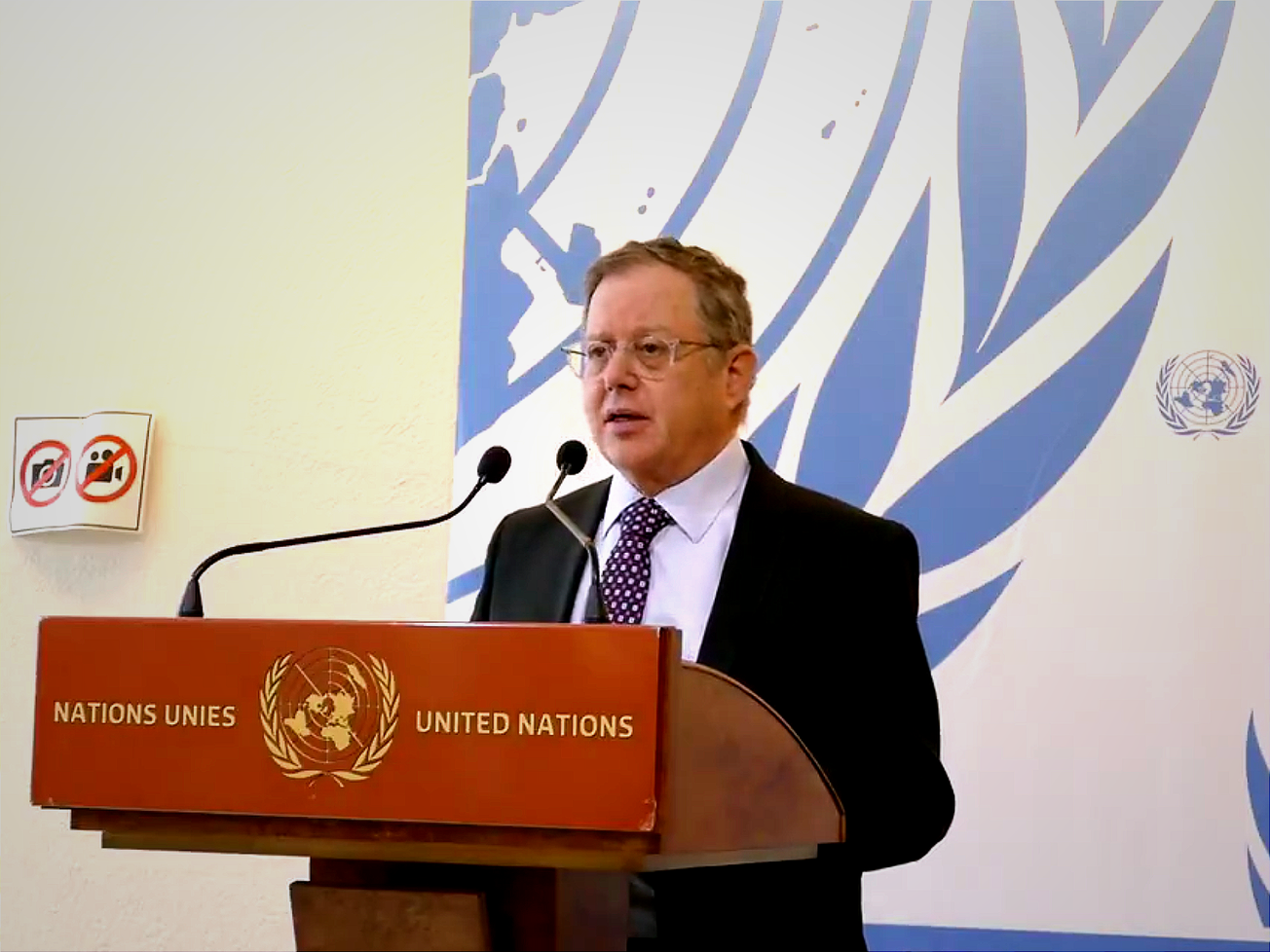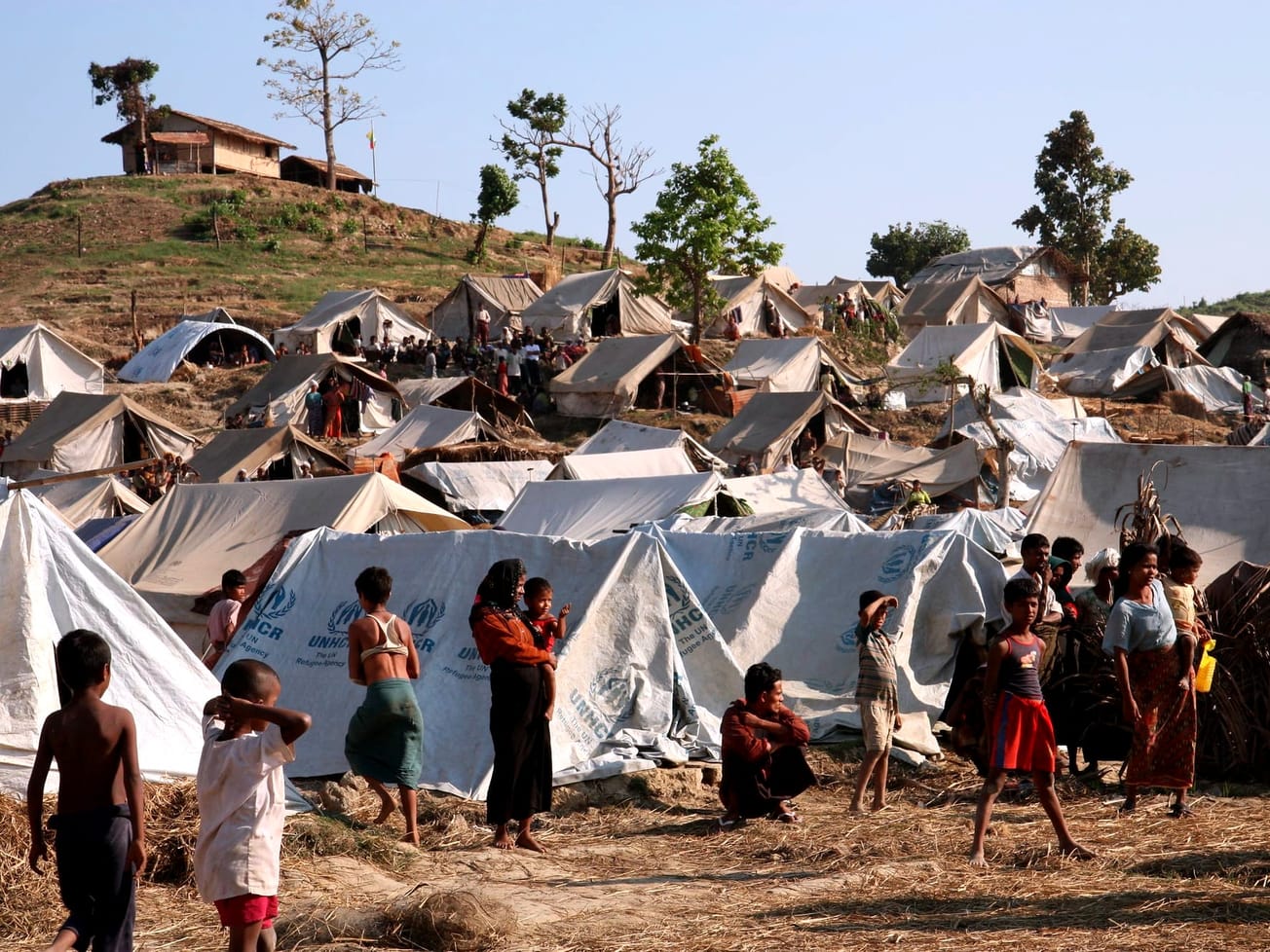GENEVA (AN) — For the first time in history, women have a seat in every functioning parliament around the world.
The demise of male-only parliaments is accompanied by an unprecedented level of diversity among the women who are participating in parliaments, the Inter-Parliamentary Union announced Friday.









